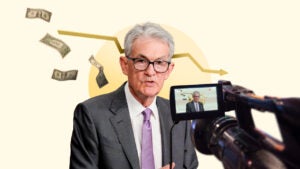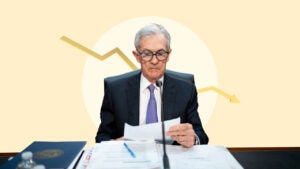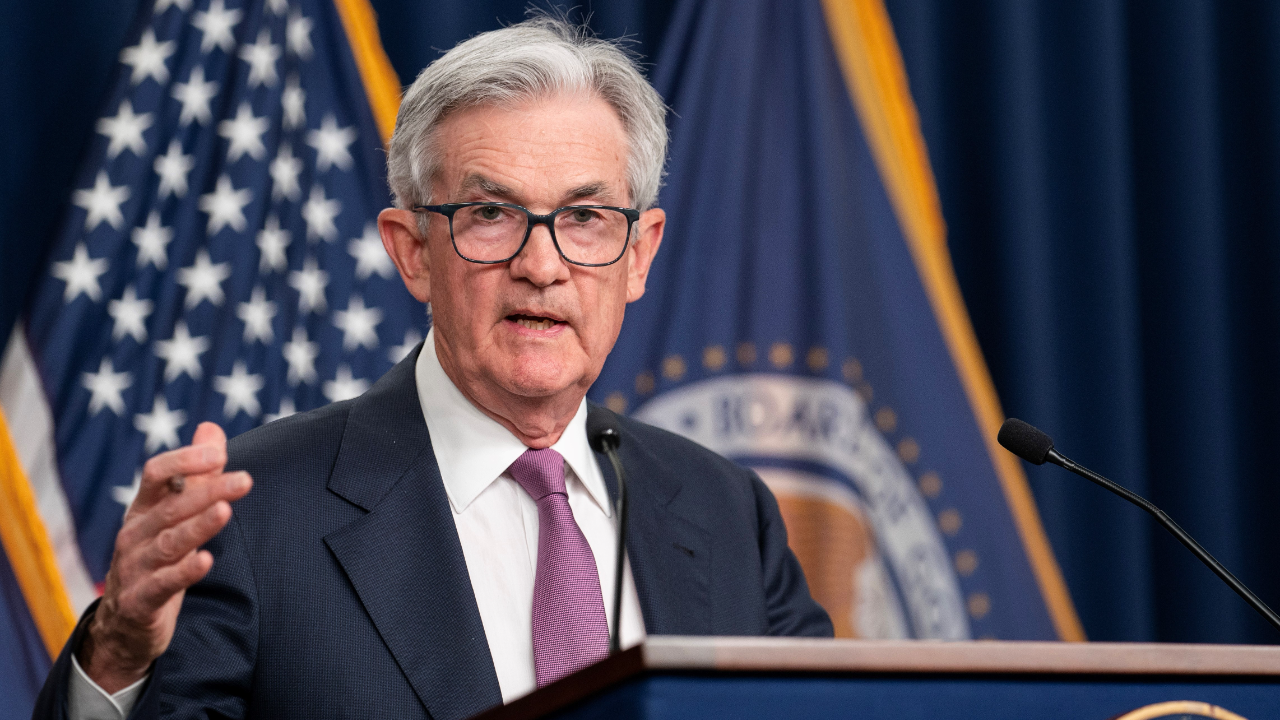Fed holds rates steady, sticks with wait-and-see approach
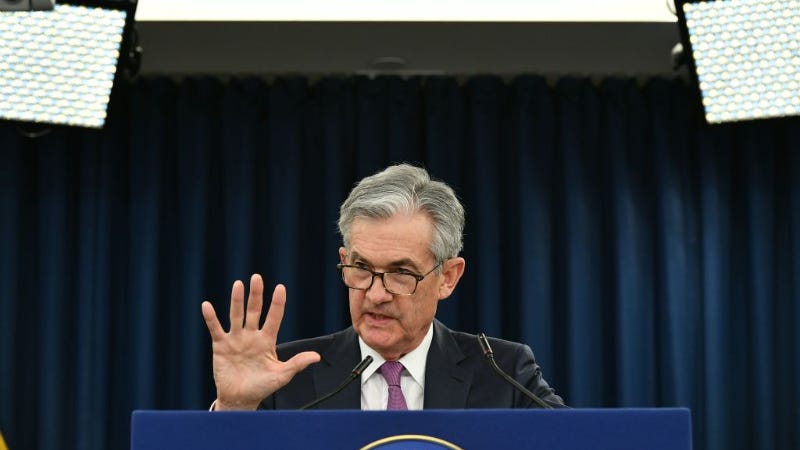
The Federal Reserve left interest rates unchanged at its first meeting of 2020 and signaled no appetite to adjust them anytime soon, holding on the sidelines as the U.S. enters an election year.
The move means that the Fed’s key interest rate — the federal funds rate — will hold in a target range of 1.5 percent and 1.75 percent. That rate filters through the rest of the economy because it serves as a benchmark for other types of borrowing costs, such as credit cards and auto loans.
Policymakers were widely expected to keep rates stable, after cutting them three times last year. Officials toward the middle of 2019 wanted to get ahead of potential contagions that could cause the U.S. economy to falter, including slowing growth abroad and the U.S.-China trade war.
But U.S. central bankers have been signaling since their December meeting that interest rates are now in an appropriate place to keep growth on firm footing.
“The Committee judges that the current stance of monetary policy is appropriate to support sustained expansion of economic activity, strong labor market conditions and inflation returning to the Committee’s symmetric 2 percent objective,” the Federal Open Market Committee (FOMC) said in a statement accompanying its interest rate decision.
What this means for you
Savers will likely cheer the message, after being hit with three reductions last year. Yields on certificates of deposits (CDs) and savings accounts are likely going to hold where they are, while the Fed sits on its hands.
Borrowers, meanwhile, are still in a comfortable position. Mortgage rates have fallen from their record lows in recent days. Meanwhile, credit card and auto loan rates are lower now than they were a year ago, with the Fed unwinding the majority of the hikes it enacted in 2018.
“A virtuous cycle of job creation, low unemployment and sustained consumer spending is supporting the ongoing economic expansion,” says Greg McBride, CFA, Bankrate chief financial analyst. “Until the Fed sees a risk to that, any further rate cuts are unlikely.”
[COMPARE: Best online savings rates]
Uncertainties include coronavirus, low inflation
But officials have underscored that policy is not set in stone. When the Fed first embarked on its make-no-move policy posture in December, Chairman Jerome Powell said officials would be keeping a close watch on the economy for any developments that could threaten to derail the record-long expansion.
Officials echoed that sentiment in their post-meeting remarks released Wednesday.
The FOMC “will continue to monitor the implications of incoming information for the economic outlook, including global developments and muted inflation pressures, as it assesses the appropriate path of the target range for the federal funds rate,” the Fed wrote.
Coronavirus concerns
There’s no shortage of uncertainties out there. While the trade war between Washington and Beijing looks to be heading in the right direction, a new threat has emerged: the deadly coronavirus circulating in China.
The virus has already claimed more than 100 lives and infected more than 6,000 people, outnumbering the official count for the deadly SARS outbreak in the early 2000s. It’s also impacted business and the travel industry, with nearly 11 million people in Wuhan on lockdown.
[READ: Why investors probably shouldn’t panic over the coronavirus scare]
Dealing with low inflation
Officials have also been perplexed by low inflation, especially why it’s remained stubbornly below the Fed’s target amid expansive tax cuts and an unemployment rate at a 50-year low.
The Fed has a 2 percent target, a goldilocks threshold at which officials believe inflation isn’t too hot nor too cold.
For much of the current expansion, however, that hasn’t happened. One of only two changes to the statement highlighted this issue and underscored the Fed’s concern. Officials in the post-meeting statement wrote that the Fed foresees the current level of borrowing costs getting inflation back up to its target, rather than “near” it.
Powell during the Fed’s press conference said the change was to avoid “misinterpretation.”
“We are not comfortable with inflation running persistently below the Fed’s 2 percent target,” he said.
But experts say it also accomplishes another goal: reaffirming the Fed’s commitment to achieving that target, while also signaling to markets that they’re confident they can do it.
“The Fed sent a clear signal that they’re committed to inflation ‘returning’ to the 2 percent mark and think their current stance is appropriate to do that,” McBride says.
It could also be a way of influencing the public’s expectations for where inflation heads in the future. Research suggests that consumers and businesses change their spending patterns based on where they think inflation will go. For example, if consumers expect prices on washing machines to rise six months from now, they may start to make those purchases today — and on a broader scale, those could ultimately lead to the inflation expected all along.
“They pick their words very carefully,” says Dan North, chief economist at Euler Hermes. “This is another tool that they can use, often called ‘jawboning,’ to persuade people to do or believe something different, and it can be very effective.”
But overall, the puzzle highlights how the Fed’s two main goals — stable prices and maximum employment — aren’t behaving in a way that officials would expect.
It highlights how the Fed’s two main goals — stable prices and maximum employment — aren’t behaving in a way that officials would expect. Economic theory tends to suggest that the two objectives work together hand-in-hand. When unemployment is low, it spurs employers to boost wages, which in turn raises prices. But for much of the expansion, wage growth has remained tepid, though joblessness hovers near a half-century low at 3.5 percent.
These circumstances have massive implications for Fed policy, including how it responds in a downturn. Interest rates were already at historic lows before the Fed’s three cuts last year, and amid a period of slow growth and low inflation, it raises concerns among officials just how much room they have to soothe an economy ailing from a recession.
The Fed has slashed rates by about 5 percentage points during the past two recessions. Today, however, rates are holding just below 2 percent.
In light of this conundrum, the Fed is currently conducting a review of its framework. It aims to publish any changes sometime toward the middle of this year.
[READ: The Fed’s balance sheet explained]
Trump: ‘Fed should get smart’
The Fed’s decision Wednesday likely won’t make President Donald Trump happy, who urged the Fed in a tweet on Tuesday to make the U.S. more competitive by lowering borrowing costs.
The Fed should get smart & lower the Rate to make our interest competitive with other Countries which pay much lower even though we are, by far, the high standard. We would then focus on paying off & refinancing debt! There is almost no inflation-this is the time (2 years late)!
— Donald J. Trump (@realDonaldTrump) January 28, 2020
Trump has repeatedly blasted Fed officials, first for hiking rates in 2018 and then for not cutting them enough the year after. His comments escalated in August, with the president publicly comparing Powell to President Xi Jinping of China, asking “who is our bigger enemy.” The chief executive also labeled Fed officials as “boneheads.”
Powell, who will celebrate his second year as chairman in February, has been put in a complicated corner, having to label him and his colleagues’ decisions as independent from political pressure.
“We never take into account political considerations. There’s no place in our discussions for that. We also don’t conduct monetary policy in order to prove our independence,” Powell said during the Fed’s July news conference, after steering the Fed toward cutting rates for the first time in more than a decade.
Trump also called upon the Fed to slash rates to “zero or lower.” It’s clear, however, that the Fed looks like it’s done making its reductions — for now. Trump’s frequent attacks might be one of the reasons why the Fed has avoided “declaring victory,” says Steve Skancke, chief economic adviser at Keel Point, who formerly worked for the White House National Security Council and U.S. Treasury.
“It wants to just keep its head down and focus on what it’s doing, not attract too much attention,” Skancke says. “But certainly, they have done their job well.”
Fed continues balance sheet expansion, repo market operations
With the U.S. central bank on hold for the near future, Fed watchers have been turning to another operation in the spotlight: the Fed’s repo market interventions.
On Sept. 16, a funding shortfall occurred in the repurchase, or repo, market, where financial firms swap Treasury debt for cash. The volatility ultimately pushed up the Fed’s short-term interest rate above its desired range, and it prompted immediate action from the Federal Reserve Bank of New York.
The New York Fed on Sept. 17 started acting as a dealer on the repo market to soothe the cash crunch, injecting up to $52 billion. The following day, the New York Fed said it would purchase up to $75 billion more.
Flash forward to the Fed’s first meeting of the year, and the Fed is still involved in the repo market. Fed officials at the January meeting voted to continue these operations until at least April at a pace of about $30 billion a day.
Hand-in-hand with that operation, the Fed has also been growing its balance sheet by purchasing shorter-term Treasury bills. Officials offered no new details, but the plan remains in place until at least April.
“We’re trying to raise the level of reserves back up to the level where banks can meet their reserve requirements without facing any scarcity,” Powell said.
Since the Fed started intervening in the repo market, the fed funds rate has traded at the bottom of its target range. Officials prefer that it trades within the middle of that range, so they decided to adjust the interest paid on excess reserves (IOER) rate to 1.6 percent. Officials called the adjustment more technical in nature, meaning it doesn’t impact monetary policy.
One of the biggest challenges of the operation is likely going to be weaning the markets off of the Fed’s injections, North says. It also raises concerns that the Fed might not do it in the right way, given that it’s so unprecedented. The Fed, for example, tried to gradually trim down its balance sheet, but ended up doing it “unsuccessfully,” he says.
“All of that liquidity they’ve injected, which has been a huge amount, has been gobbled up by banks,” North says. “It’s worrisome to me that there’s this sudden huge disruption in the overnight market on one particular day, and it’s caused the Fed to intervene for months now with massive increases in liquidity.”
This just means that, when the time comes, the Fed will have to communicate the process carefully. That includes emphasizing that the operation isn’t technically “quantitative easing,” meaning it’s not meant to push down long-term rates and stimulate the economy, Skancke says.
“The markets sees it as quantitative easing, the Fed sees it as technical,” he says. “They just have some educating and explaining to do it.”
Bottom line
Powell suggested during the Fed’s conference that today’s low interest rate environment is likely going to be here for a while.
“Many, many people benefit from low interest rates,” Powell said. When he travels around the country, people tell him, “Please do whatever you can to keep the expansion going.”
Savers, however, aren’t the ones who are first in line to benefit. Neither are retirees, who often depend on fixed income through pensions, annuities and bonds. Even so, you can take solace in the fact that inflation is so low, McBride says.
Many accounts on the market are still offering yields around 2 percent. Use Bankrate’s tools to find the best account option that suits your lifestyle.
“Even in a flat rate environment, many savers and retirees can lift their interest earnings 10-fold or more by moving out of the stodgy savings account paying a fraction of one percent and into an online savings account where yields still approach 2 percent,” he says.
Meanwhile, homebuyers still have some time to celebrate, with mortgage rates holding “near multi-year lows,” McBride says, “boosting affordability for homebuyers and creating a golden refinancing opportunities for millions of current homeowners.”
But a larger threat looms: With interest rates at historic lows, how much room does the Fed have to fend off for the next downturn? At some point, a recession inevitably will occur, underscoring the need for many Americans to build up an emergency savings fund.
“When you’ve been in this position of low interest rates for so long, it’s hard to back out of it. And that’s going to be a problem,” North says. “This 10-year experiment of zero interest rates around the world, plus money printing is going to lead to tears eventually.”
Learn more:
- 5 ways the Fed’s interest rate decisions impact you
- Best high-yield savings accounts
- How to open a savings account
Why we ask for feedback Your feedback helps us improve our content and services. It takes less than a minute to complete.
Your responses are anonymous and will only be used for improving our website.
You may also like
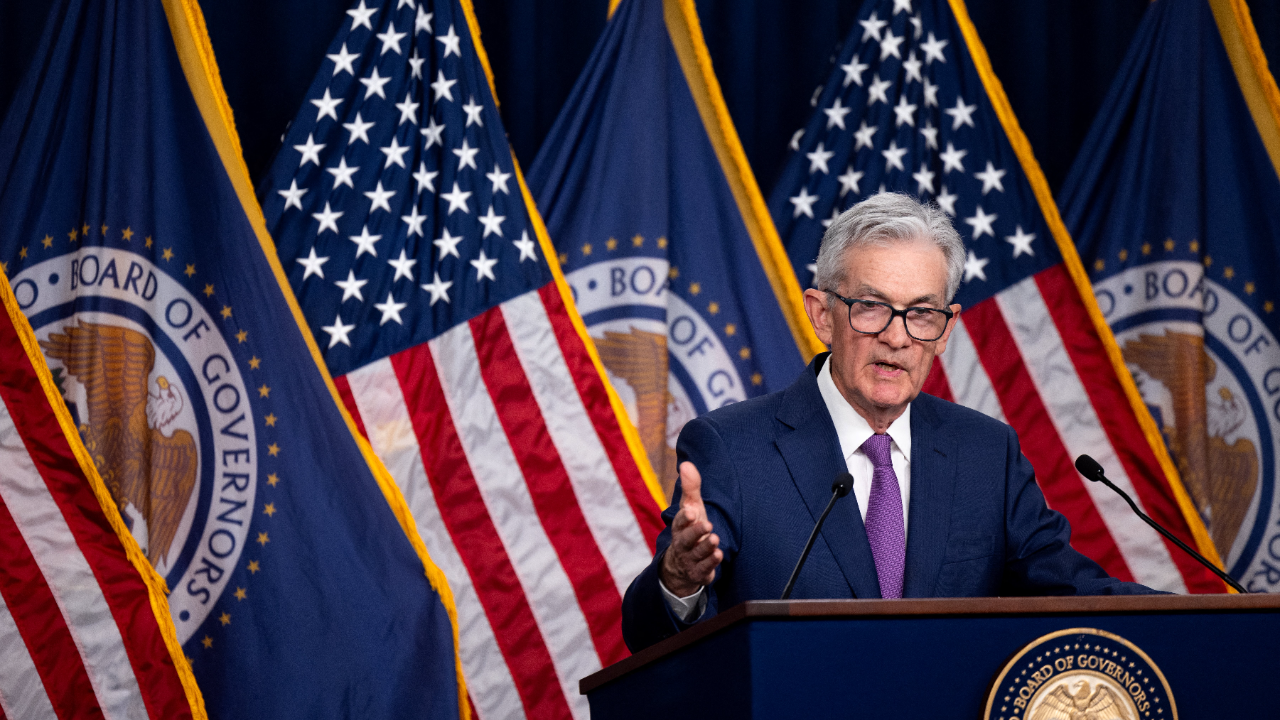
Fed remains on hold, keeps forecast for three rate cuts in 2024



